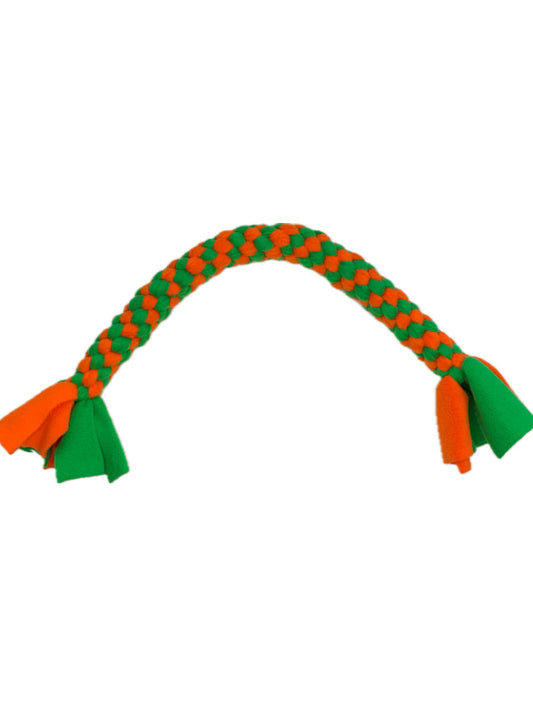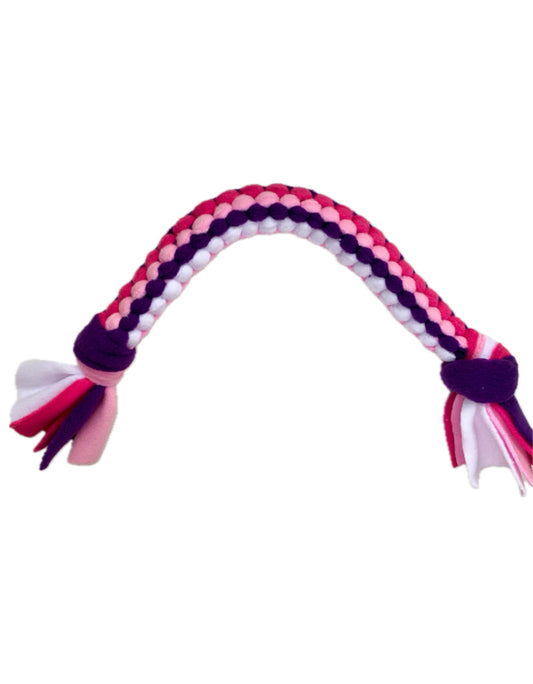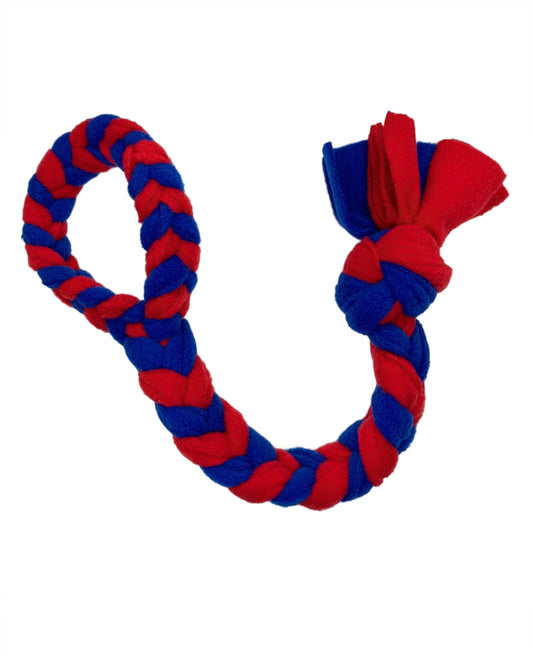Adder Bites in Dogs - What to do if your dog has been bitten
Keep your dog safe and learn about adders, including what you would need to do if your dog ever gets bitten by one.
What does an adder look like?
Adult adders are roughly 50-75cm long, they are black, brown or grey with a zigzag pattern on their back. They also have a V or X shape marking on the back of their head.
Where are adders found?
Adders are usually found in sand dunes, rocky hillsides, moorland and woodland areas.
Could my dog get bitten by an adder?
Even though adder bites are rare, they do bite in self defence, so if your dog disturbs an adder or steps on one the chance of them getting bitten is likely.
What to do if your dog is bitten by an adder:
Stay as calm as possible and contact your vet.
This is the important part:
If you are out walking when this happens, carry your dog if you can. The most important step for adder bites on dogs, is to keep the bitten area elevated above the heart. Also, keep your dog as still as you can.
The less your dog moves, along with elevating the affected area above the heart, the slower the venom will travel through their bloodstream.
Signs your dog has been bitten by an adder:
On the wound:
- Two small puncture marks
- Swelling
- Redness
- Bruising
- Bleeding
General symptoms:
- Signs of pain (limping or holding up their leg)
- Swelling
- Breathing difficulties
- Nervous
- Pale gums
- Drooling
- Vomiting
- Diarrhoea
- Dehydration
- Restlessness
- Drowsiness
- Lethargy
If the adder bite is left untreated dogs can: collapse, develop blood clotting problems, tremors or convulsions.
If you think your dog has been bitten by an adder, get them checked over with your veterinarian as soon as possible.




